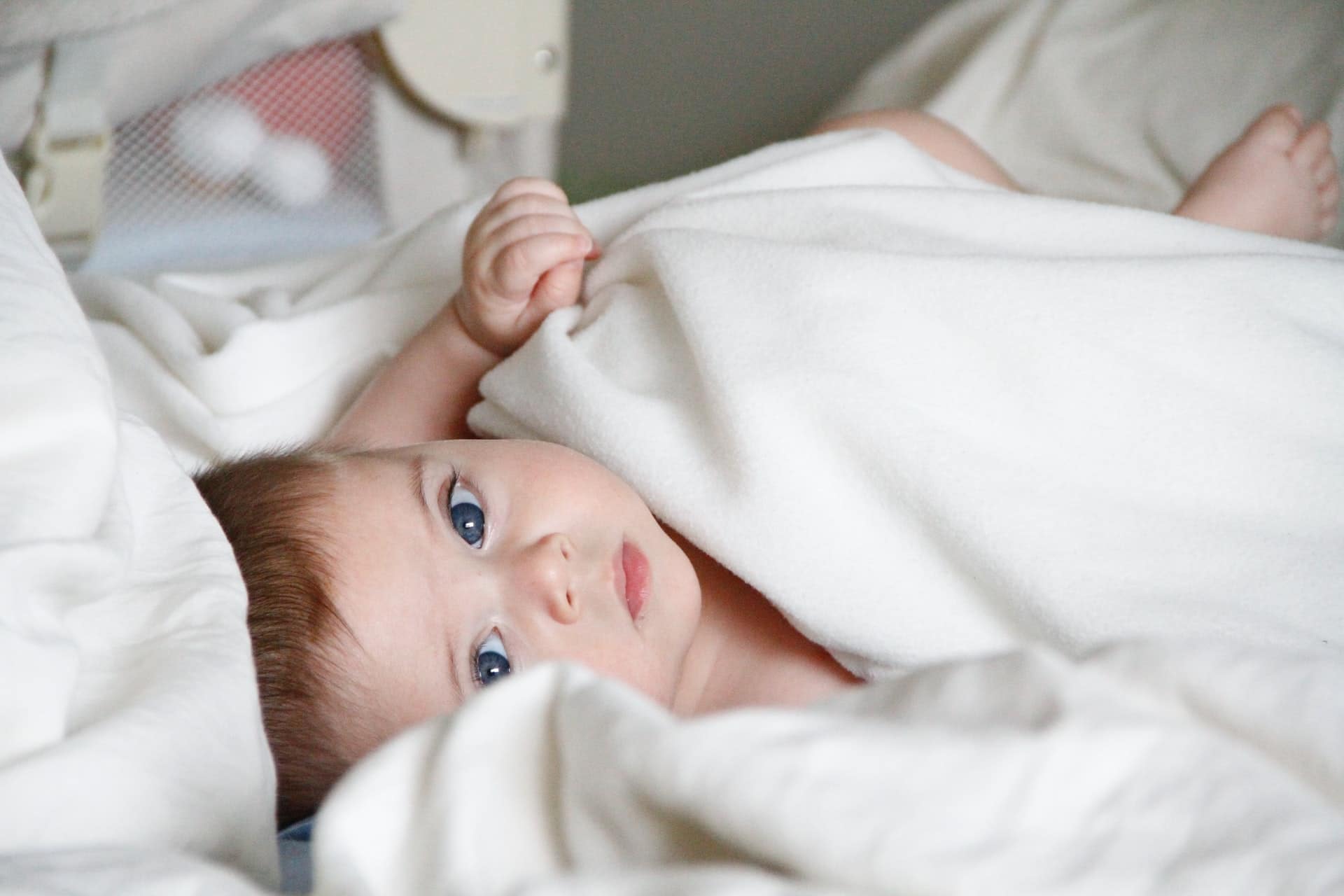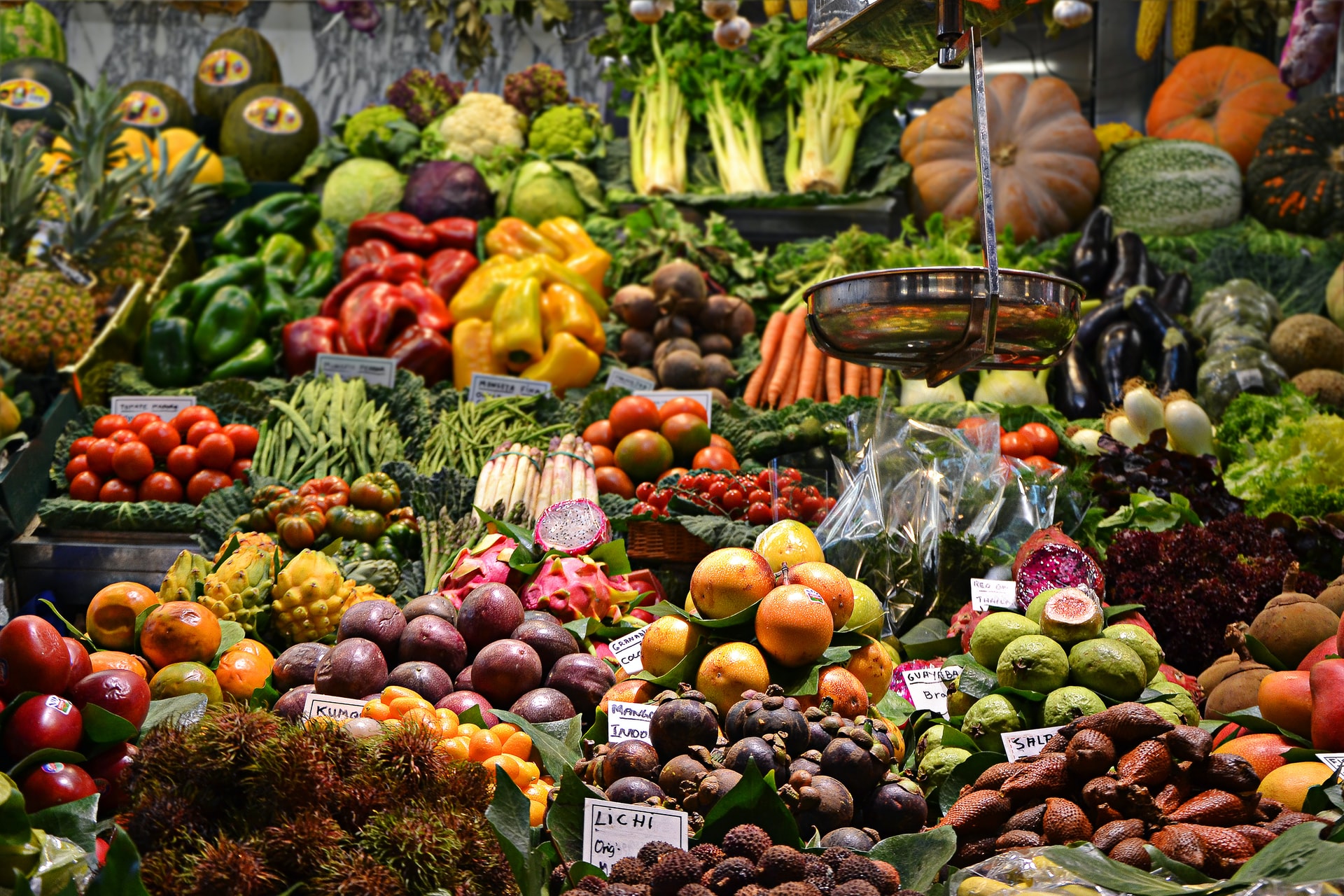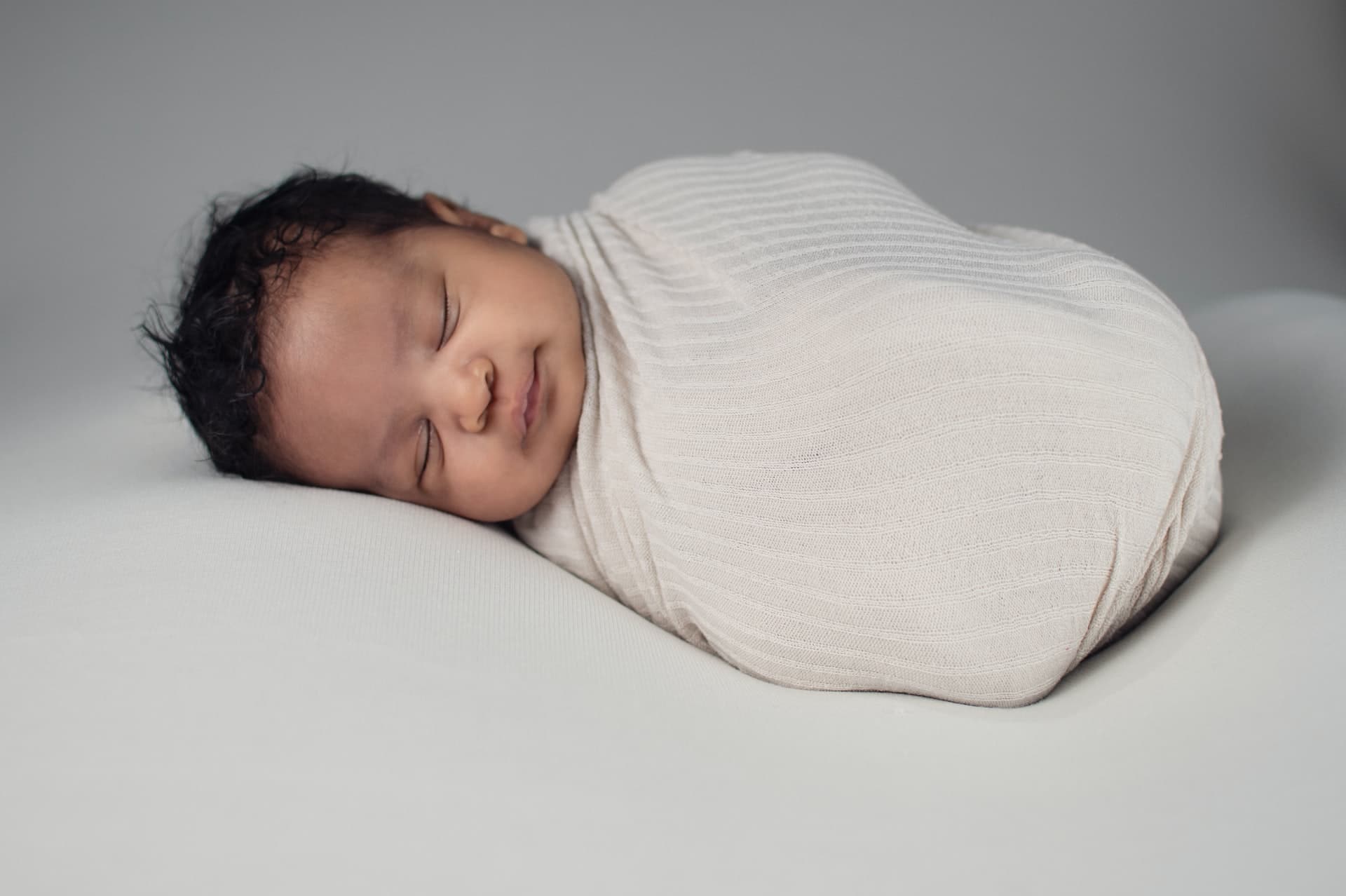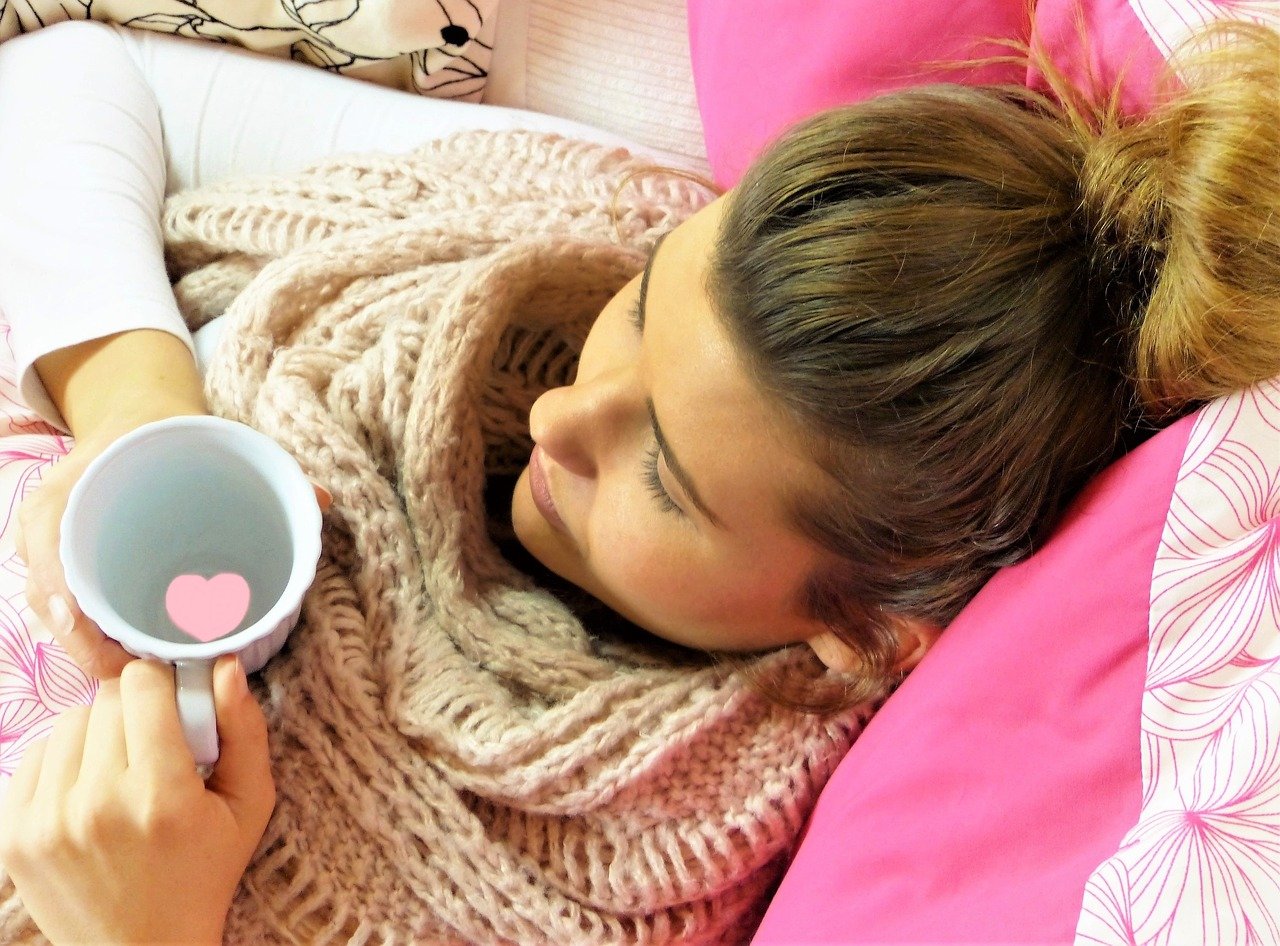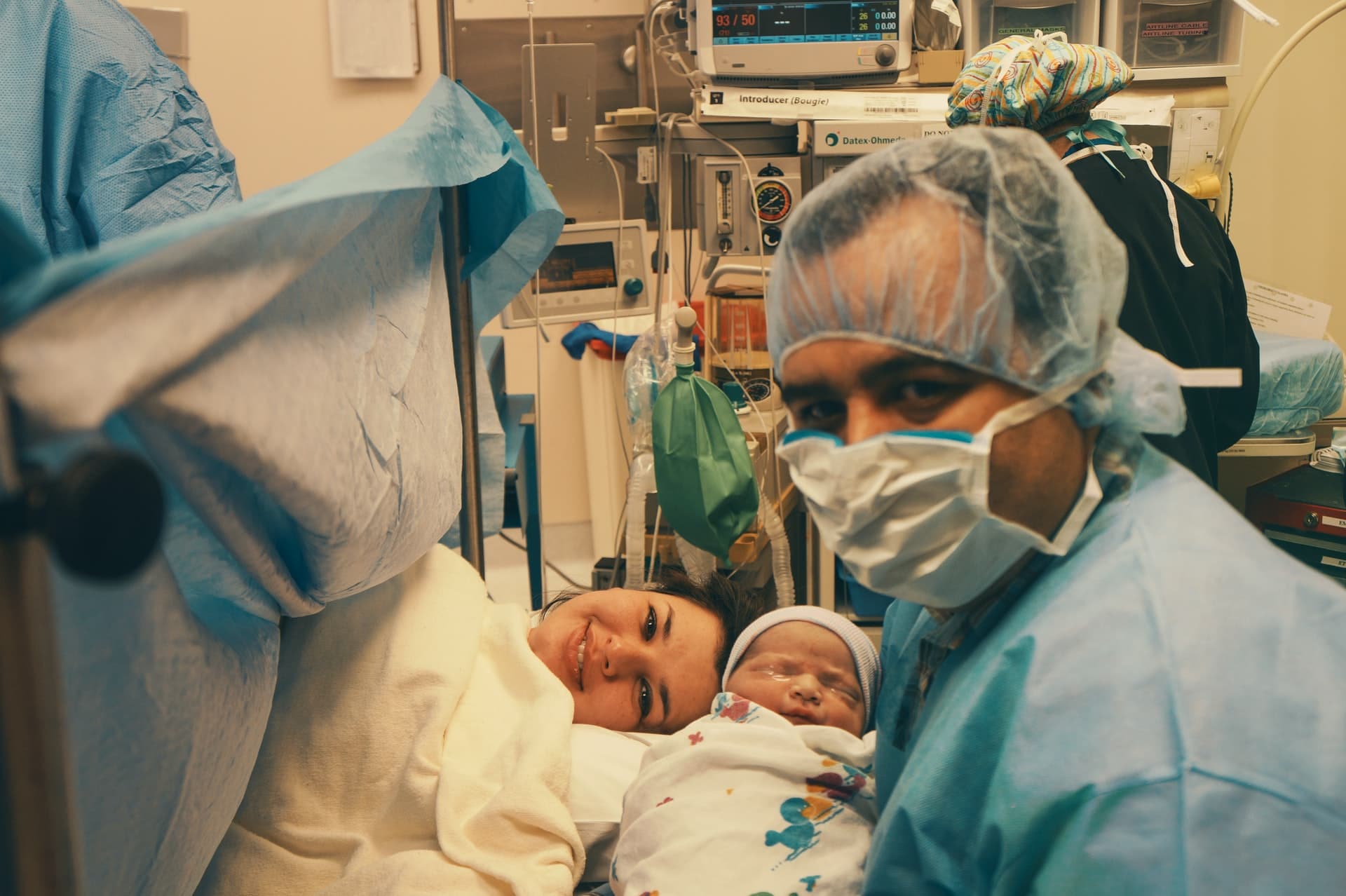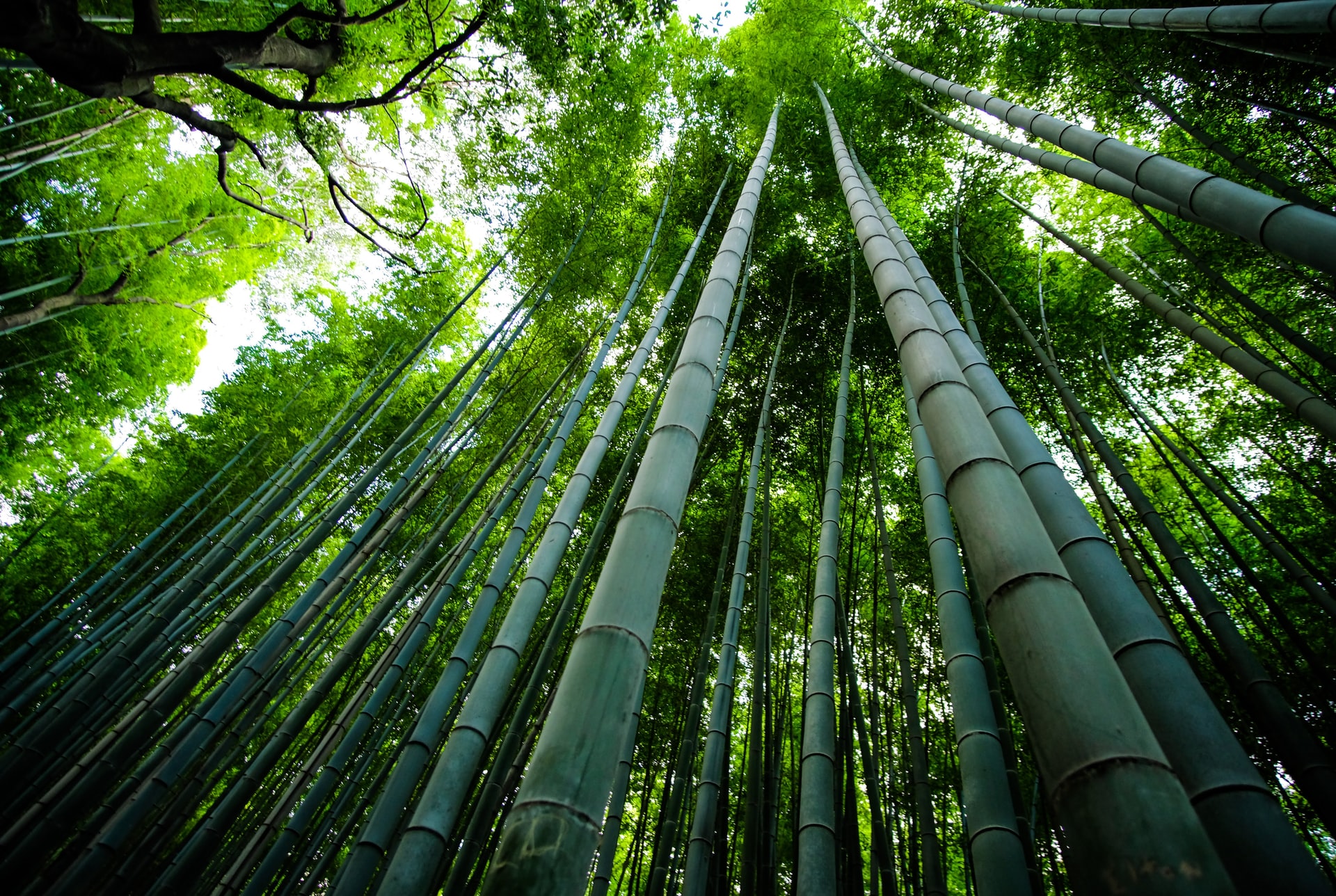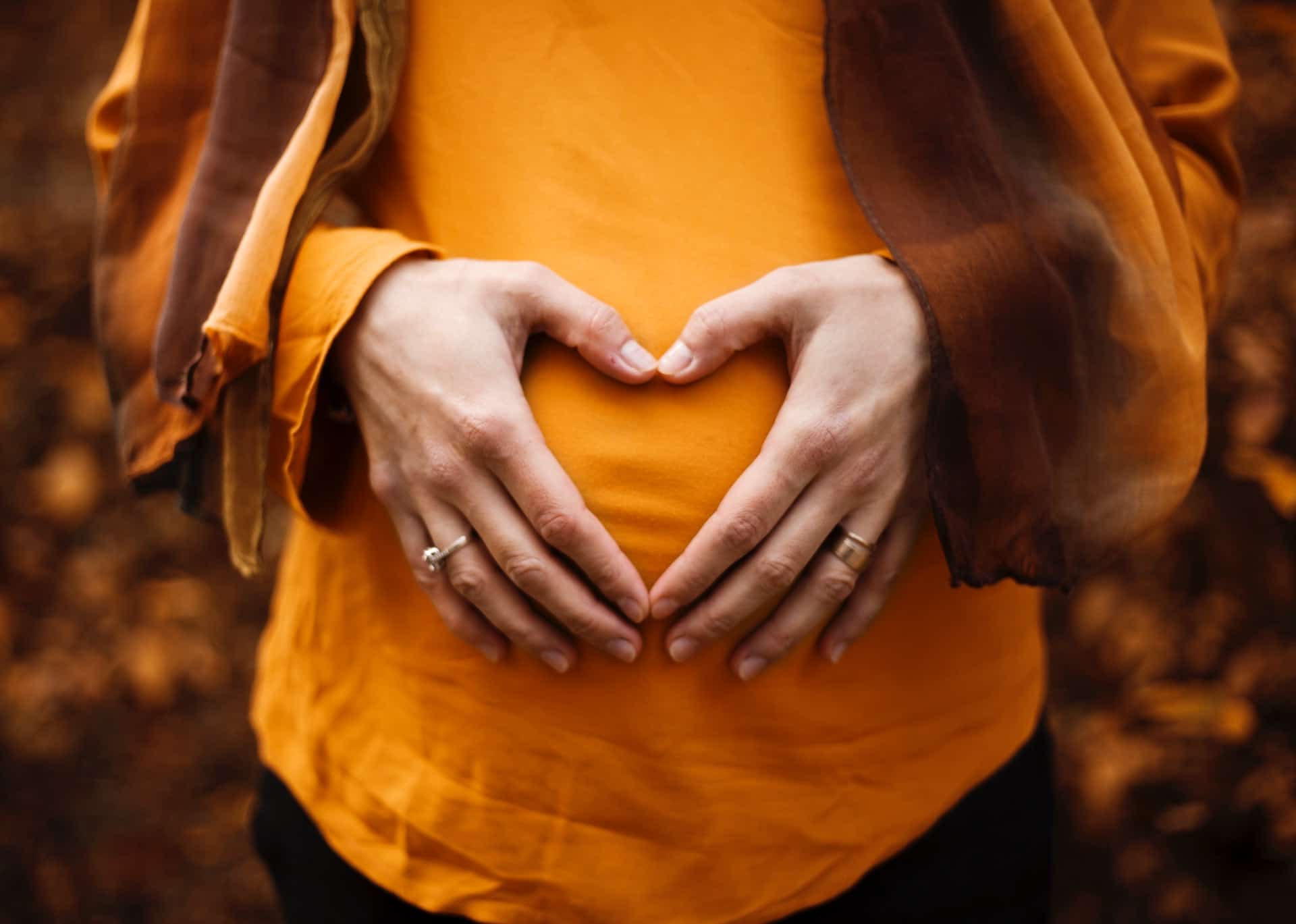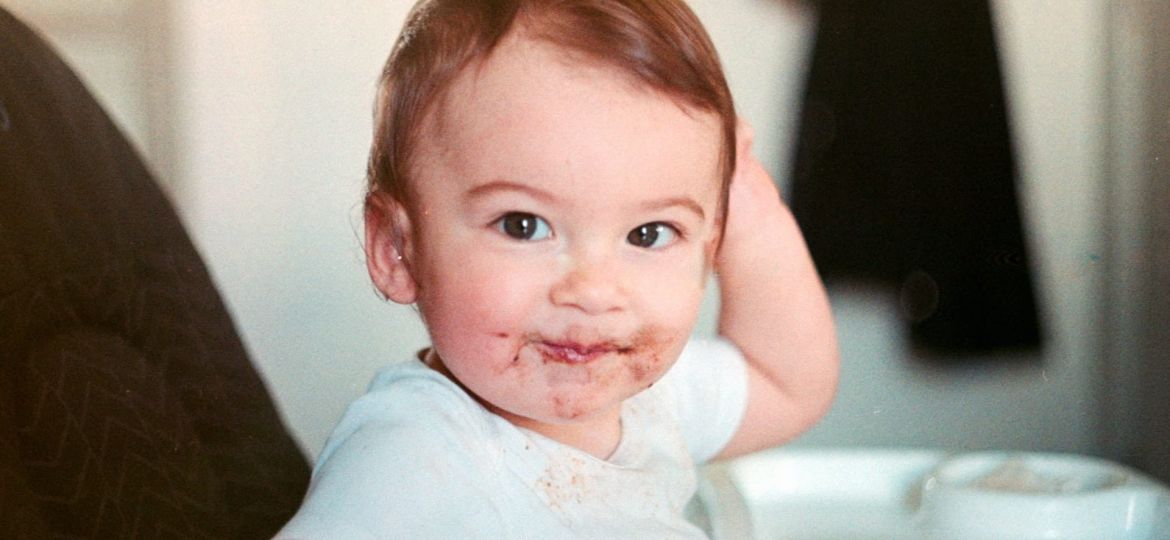
When you become a parent, your priorities change. If it wasn’t the case before, ecological issues take more importance, because we want to keep a nice planet for our toddlers. But what matters most is their health. This concern leads us to wonder if the objects that will surround them on a daily basis will all be safe for their health. Are their fun, colorful plastic dishes really good for them? How to choose materials that are safe for baby? We explain it all here.
Plastics to ban from baby dishes
Since 2012, Bisphenol A (or BPA) has been banned from food containers for children under 3 years old. Previously, this chemical substance was present, among others, in the plastic of baby bottles. This removal caused a great stir at the time, as it took a long time to be adopted, despite public pressure.
The removal of BPA has been a real progress, but it is only the tip of the iceberg as to the presence of harmful substances in the dishes of our little ones.
For proof, the recall of 3 brands by the DGCCRF for the presence of melamine in the composition of their baby dishes. This one is not used pure, but most often accompanied by formaldehyde, which makes it all the more harmful, especially if it is heated in microwave. Moreover, this heating method should be avoided at all costs, especially if you decide to heat a dish in a plastic container. Indeed, you increase the risk of emanations of endocrine disruptors, particularly harmful for children and adults.
What about natural fibers for babies?
It’s clear that plastics should be banned from baby’s dishes, but what to replace them with?
Natural fibers are an alternative to plastic, offered in many areas. Bamboo, in particular, is often favored, especially for its use in kitchen utensils. Ecological and natural solution, it allows to obtain a solid, light and plastic-free tableware. However, what would seem to be the ideal solution is perhaps not so much. Bamboo fibers are 100% natural, but they require the use of glue to bond them together. But what about the components of this glue? This is a question that needs to be answered and you should be very careful.
When in doubt, turn to fiber dishes, but combined with natural resin. Make sure there are no plastics, PVC or phthalates in its composition, which must be 100% natural and 100% biodegradable.
Stainless steel, glass and ceramic: back to basics
There is another alternative to plastics: the materials that our parents and grandparents used before them. We go back to stainless steel, ceramics, glass and all the non-plastic materials that we use every day.
Stainless steel, in addition to not containing plastic and being stainless, has the great advantage of not breaking. However, be careful not to try to heat a stainless steel dish in the microwave.

We might as well go back to the basics of our childhood and offer the youngest a small ceramic bowl or a small earthenware plate. No risk of finding dangerous substances in the composition. Be careful to stay in the presence of the little ones in case the dish falls, so that they don’t hurt themselves.
The same goes for glass, whether it is for bottles or glasses when they are old enough.
Finally, as seen above, if you can be sure that there is no glue in its composition, you can opt for natural fiber dishes. You can find some made of natural resin, bamboo or rice husks.


